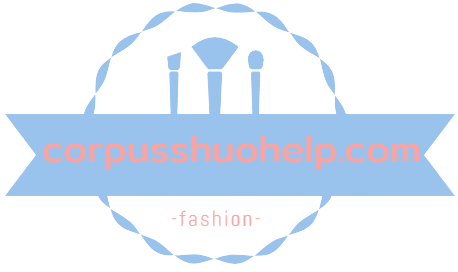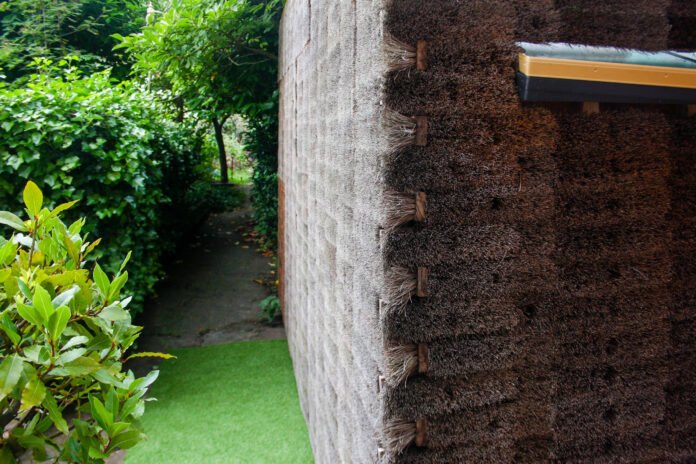Every fashion season brings with it fresh ideas that challenge boundaries and redefine the status quo. But how do designers go from creating fantastical concept pieces to wearable art? Through fashion alchemy – the art of transforming ideas into fashionable outfits and accessories. It’s a long journey that starts with a spark of creativity and ends with magical runway looks. Let’s explore the complex process, from sketches to the runway.
1. Exploring the Magic of Fashion Alchemy
Fashion Alchemy is about re-inventing and transforming pre-existing clothing items into beautiful, new pieces. By mixing and matching items in unique and creative ways, you can create amazing and unexpected ensembles to express your individual style. There’s no limit to the transformation possibilities when it comes to fashion alchemy.
- Choose your clothes wisely: pick pieces that are versatile and timeless for the best results.
- If you don’t already have a wardrobe full of basics, you can easily create a versatile style with a few classic staples like jeans, a blazer, and a t-shirt.
With fashion alchemy, it’s all about timeless pieces that you can mix and match to create spectacular new looks. Contrast and mood play a big part in achieving a unique style. Balance traditional pieces with modern pieces to perfection. You can also create a cohesive look by clashing textures and prints.
When it comes to fashion alchemy, you don’t need to spend a fortune. Shopping for pre-loved items like vintage clothes and accessories, or even browsing through charity shops will help you save on costs. Thrift shopping is an amazing way to find original pieces with unique character.
Even if it’s just a matter of playing around with what you already have in your wardrobe, can be a fun and creative experience. Have fun with it, push boundaries, and make the most out of your clothing items. With the right attitude, you can create incredible, unique ensembles.
2. Connecting the Creative and Production Processes of Design
Yielding compelling, delightful designs is not magic; it’s a process. As a designer, you must align the creative and production processes to create meaningful, functional designs. It’s like playing a game of chess- a few of the right moves will put your designs over the finish line.
The design process is more than simply assembling a powerful suite of tools and resources. It requires an understanding of how creative and production align together. Let’s delve into how we can masterfully manage the creative and production aspects of design:
- Sharpening the Creative Edge. From brainstorming to sketches to wireframes, it’s essential to adopt a creative-first mentality. This starts with understanding the customer requirements, then design explorations are crafted to meet the requirements. Brainstorming should be regularly conducted and utilized to capture ideas and insights into how to deliver the ideal customer experience.
- Making Production Resources Work For You. By bringing a clear creative vision into production, we can begin to use the resources at hand to bring our ideas into reality. The production process should be structured, systematic, and well-documented. From asset-gathering to implementing development technologies- production should be treated with the same attention to detail as the creative process.
- Integration and Validation. Once the creative and production resources are in place, it’s necessary to evaluate the holistic design to optimize user experience. This is done through an internal quality assurance process that aligns with user stories and testing. This helps ensure that the design is functioning as expected and properly meeting customer needs.
- Continuous Iteration. The length of a design project is never static-new ideas come about during the design for a new feature, or changes can be made to existing elements. The iteration process keeps the creative and production resources working together to assess user reaction and provide solutions.
Designers must remain mindful of the creative and production processes- these working together are the foundation of quality, customer-focused design.
3. Crafting Masterpieces from Inspiration and Imagination
For the creative soul, the thrill of crafting a piece of art is a delightful one. When you put together your own vision and make it a living thing unto itself, it’s an experience like no other.
Being able to execute something from your own imagination and inspiration can be a rewarding task in and of itself, but when other viewers can appreciate that same piece of work? That’s a special kind of magic.
To get started, here are the key ingredients to creating your own masterpiece:
- A spark of creativity and curiosity
- A pool of knowledge to draw from
- A desire to learn and adapt new skills
- A willingness to experiment and get out of your comfort zone
- An unflappable sense of focus and commitment
Wiith these key elements at your disposal, the only thing left to do is get to work. Start with a spark of inspiration, and then let that flame guide you forward. As you build and add new details, you may find that you learn new techniques or need to adjust your plan. That’s all a part of the process, and part of the beauty of creating a masterpiece.
Make sure to hold onto your initial enthusiasm as you go forward. Add layers of details until you have a piece of work that you can be proud of. So go forth, and let your creative genius shine!
4. Transforming Ideas into Wearable Art
Clothing is much more than a tool of expression. It is art in its purest form. The creative transition of ideas into fabric and wearable art is a beautiful skill – one that involves labored creativity, a sense of vision, and the application of innovative techniques. Here are some of the steps involved in :
- The Art of Drapery: This step involves the manipulation of fabric into artwork. Drapery techniques such as smocking, pleating, gathers, and pleated drapes are used to create voluminous effects on clothing. The drapery of fabric creates a structure that can be used to craft into a design.
- Creative Pattern-Making: Pattern-Making is a creative artform and it requires massive brainpower. Designers must think through various scenarios to decide the right cut and pattern for the piece. It is a tedious process but a crucial one – the patterns must be perfect for the design to be effective.
- Embellishments: To add that extra special something to a piece, designers might choose to add embellishments. Embellishments can be anything from sequins, crystals, beads, and embroidery. These can be used to create intricate detailing that adds a personal touch to the piece.
- The Finishing Touches: The last step in the creative process is to add the finishing touches. This includes stitching, hemming, and adding embellishments. This step can sometimes take a while to complete – it involves making sure that the look is perfect before up for sale!
These steps are the building blocks of . There is no single formula for success – it takes a keen eye, a creative mind, and persistent will to make an idea into a success. Through the power of art and design, the possibilities are endless.
These steps may seem daunting, but once mastered, the art of is an incredibly rewarding experience. For those interested in taking on this fantastic opportunity, now is the time to embrace it.
Fashion alchemy is a magical process with endless creative potential. Designers continue to turn ideas into wearable art and each unique piece brings with it a unique story. With such creative minds, the possibilities of what fashion alchemy can offer are truly endless!



